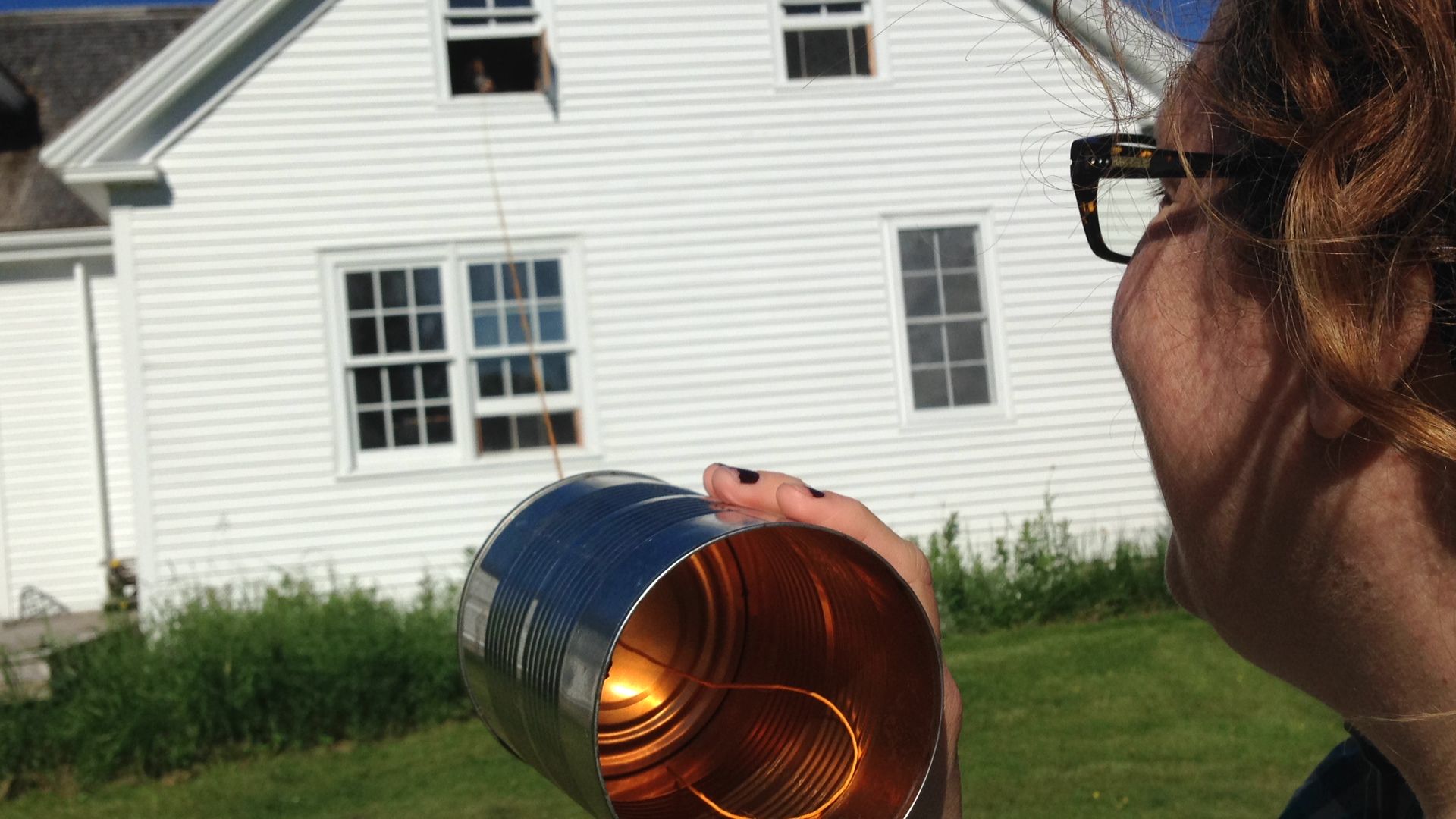Access
Vinalhaven, ME — June 22–28, 2014

- The World is Relief by Mark Zurolo
- GHOST DRAWING-ASSIST TOOL TESTS at the Poor Farm Ghost Room by Anita Cooney, Emily Luce, Gail Swanlund
- Warped Perspective by Anita Cooney, Arzu Ozkal, Ben Van Dyke, Emily Luce, Gail Swanlund, Heidi Cies, Margo Halverson, Nick Liadis, Patrick Gosnell, Peter Hall, Sarah Perrault, Sarah Shoemake
- COLLABORATING with GHOSTS to DRAW and WRITE by Anita Cooney, Arzu Ozkal, Denise Gonzales Crisp, Emily Luce, Gabrielle Esperdy, Gail Swanlund
- Towards a Discipline of Methodological Research and Nonsense by Joshua Singer
- ACCESS by Heidi Cies
- Access: Technology, Walking, Language by Mark Zurolo
- Access and Inaccessibility by Chris Fox
- Pain Project by Susan Verba
- Open/Close: Gates and Urban Access by Gabrielle Esperdy
- Peekaboo With Envelopes: A Case For Limited Access by Anita Cooney
- Access To Food by Andrew Twigg
- Island A–Z: Public Access by Rachele Riley
- ACCESS: DENIED by Ben Van Dyke, Gary Nickard
- Gaining ACCESS Requires An Ability To Read Deeply by Sheila Pepe
- A Guide to Image-Making Inspired by the Vishnudhamottara by Krishna Balaknshnan
- Whole Earth Catalog by Sarah Shoemake
- Open Invite by Nathan Davis
- On the Spot by Margo Halverson
- Access by Peter Hall
- Access by Nick Liadis
- ACCESS TO TOOLS and THE LAST WHOLE EARTH CATALOG by Gail Swanlund
As designers we influence and design access to the things we make. That is, we build on assumptions about who can and who can’t use, experience or read the spaces and artifacts we design. We might decide, intentionally or not, whether something is visible or not, and whether someone or something is represented or not. Our choice of technology specifies a group of users. Our framing of a brief specifies an audience. Our references specify a culture. But what, then, could open access mean? Umberto Eco famously wrote about an open work in which the author offers the interpreter, the performer, the addressee, a work to be completed. We’ve had open architecture, open design and open source, all suggesting that a participatory design is somehow stronger or more interesting when it is completed by a particular public. Would open access be a completely transparent process to which anyone could contribute? A truly interdisciplinary, public design that refused to exclude?
In its tenth year DesignInquiry declared an interest in increasing access to the ideas, initiatives, collaborations developed and continued through DesignInquiry. After ten years of rich, intensive exploration of timely and pertinent topics (including failure, joy, making do, designing less) how do we extend, track and enhance the effects of these inquiries on design discourse? How do we open up access to the means and methods of design? Who are we trying to access and what could open access mean?